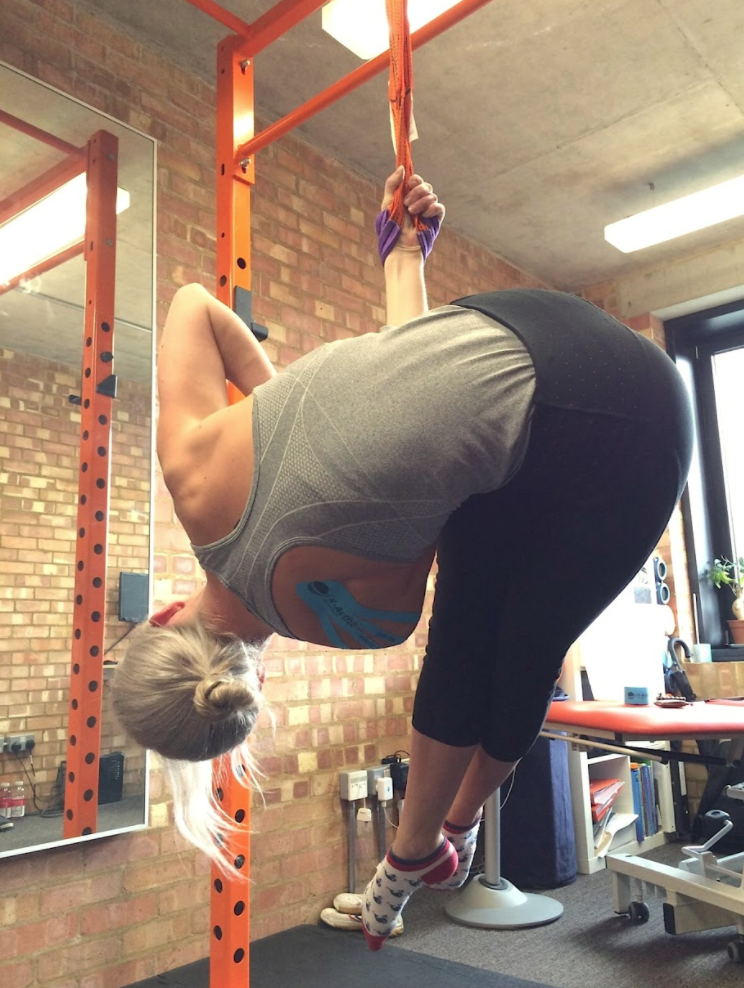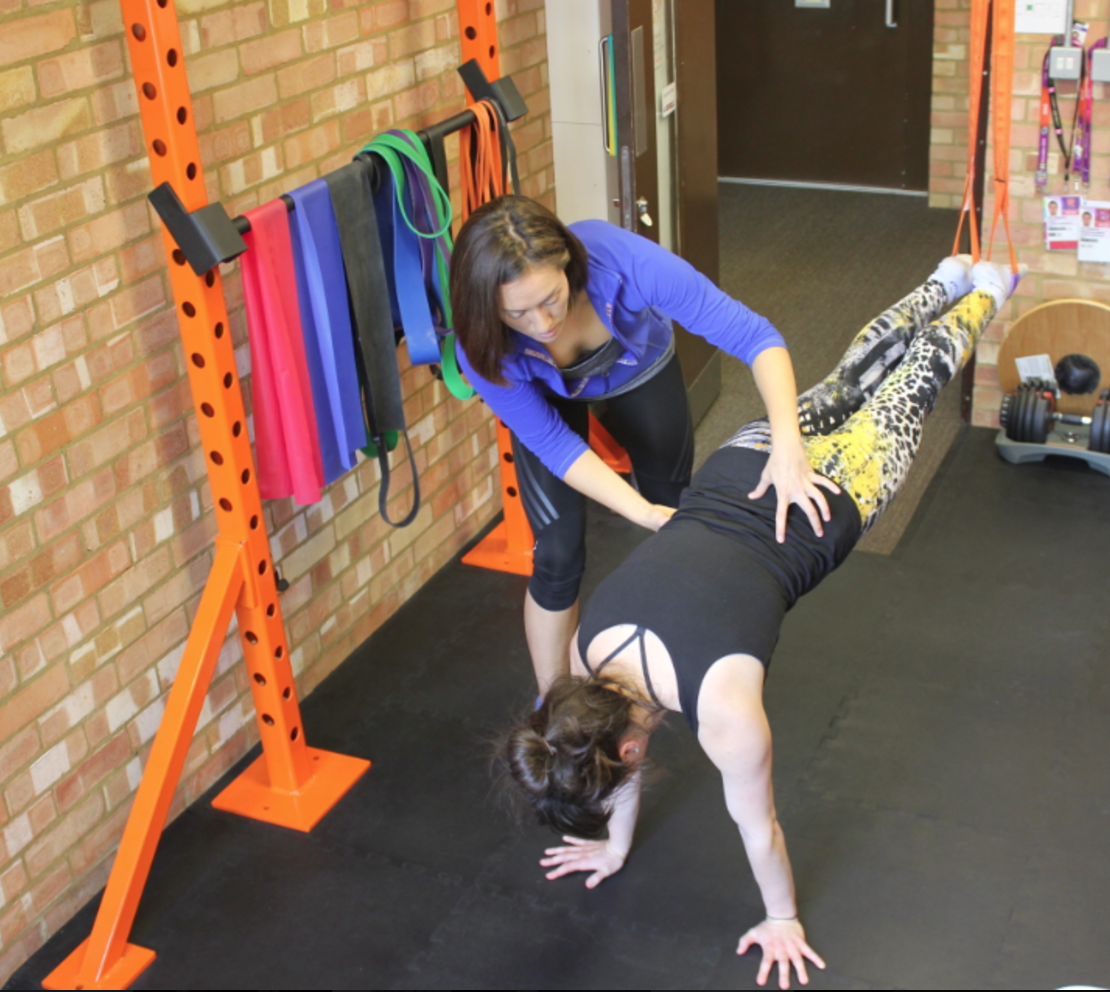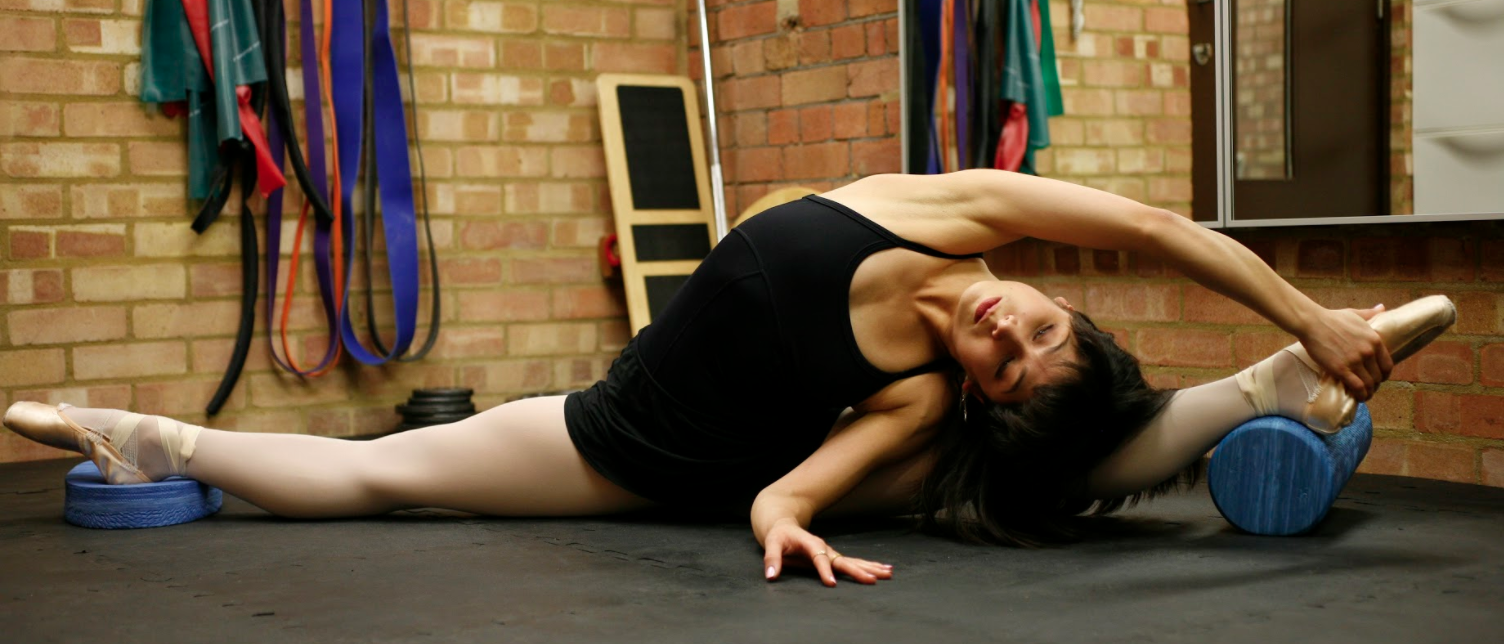5 Top Tips To Get The Most From Your Physical Therapy Appointments
As a physiotherapist that specialises in circus and the founder of Perform Health— I have spent the last decade engaging with people in this community. I often bear witness to a couple of recurring issues that patients are faced with in their experiences with generic or sports physical therapists. First, there is frustration at not being able to communicate quickly and clearly about the complex acrobatic movements they perform, and second, there is often a lack of education and skill on the part of the healthcare provider in relation to the unique skill-set of circus performers, leading the provider to be all too quick to prescribe the “rest and anti-inflammatories” solution.
Sadly, the stark reality is that circus medicine is a specialty so niche that it is not often easy to find a healthcare provider with relevant experience. Google “circus medicine” and you’ll see the top hit is a musical rock band, but do the same for “dance medicine” and you’ll get 3 million actual relevant hits. No, you didn’t misread that number. That said, take the time to research if there are any physical therapists or other allied healthcare professionals out there working with pole, aerial and circus arts in general. Try googling “where to see circus physios” and you’ll find some good links there.
If you’re not lucky enough to find a specialised provider near you, here are my 5 top tips to make your appointment with your local therapist go as well as possible:
1. A picture is worth a thousand words
 Have some pictures (or even better) some short video footage of what it is you train. This is going to save you several minutes potentially eating into treatment time. (Think about that blank stare you get back when you try to explain how you’re struggling with your meathook position on straps to a non-circus person). Also, instead of explaining, if at all possible – demonstrate. Obviously this could be tricky for aerial activities, but if there is a pole, pull-up bar, an exercise rack/rig or some wall-bars to hang/pose from, this could be invaluable to unlocking the mystery source of your problem. Don’t be shy to kick up to handstand in the consulting room.
Have some pictures (or even better) some short video footage of what it is you train. This is going to save you several minutes potentially eating into treatment time. (Think about that blank stare you get back when you try to explain how you’re struggling with your meathook position on straps to a non-circus person). Also, instead of explaining, if at all possible – demonstrate. Obviously this could be tricky for aerial activities, but if there is a pole, pull-up bar, an exercise rack/rig or some wall-bars to hang/pose from, this could be invaluable to unlocking the mystery source of your problem. Don’t be shy to kick up to handstand in the consulting room.
2. Do some homework before your appointment
 Don’t forget to take any scans or reports that may be relevant and try to go one step further: self-analysis. Think about what the main causes for your problem(s) could be before you turn up. These are the most common causes of we find in clinic:
Don’t forget to take any scans or reports that may be relevant and try to go one step further: self-analysis. Think about what the main causes for your problem(s) could be before you turn up. These are the most common causes of we find in clinic:
- general over training (body is overloaded with stress of exercise)
- incorrect technique
- progression on to high level skill too quickly
- overusing one side of the body
- poor preparation and body maintenance
A great way of being smarter with your training is by daily monitoring some basic metrics (such as sleep quality, soreness / injury, stress, motivation to train) and also by videoing your training sessions. This can be analysed by yourself, your peers, coaches or therapist by using a slow-mo feature or a variety of apps such as Coach’s Eye (see example I’ve recorded with a client below).
3. Have realistic expectations
Do not expect to get 3 problems fixed up in one session. That’s just not gonna happen. However do explain all the areas in the body where you do feel there are problems or pain as they could all be part of the same primary problem. Physical and psychological symptoms other than pain are also important to mention:
- weakness
- swelling
- pins and needles / tingling / numbness
- catching sensation / pinching
- clicking / clunking
- “just not feeling in right place”
- unstable
- difficulty maintaining good alignment
- stiffness
- tiredness
- lack of motivation / altered mood
4. Keep it personalised and specific
 As soon as you get a hint that the therapist is either lost or about to prescribe you an off the shelf exercise bundle for dodgy shoulders, politely remind them of the specific reasons of why you booked the session:“ I need to do x, but I can’t do x because it’s too painful. Can we please look specifically at why doing x might be causing me discomfort? ”
As soon as you get a hint that the therapist is either lost or about to prescribe you an off the shelf exercise bundle for dodgy shoulders, politely remind them of the specific reasons of why you booked the session:“ I need to do x, but I can’t do x because it’s too painful. Can we please look specifically at why doing x might be causing me discomfort? ”
Listen to their response. You’ll know in that instant if the therapist is somebody that can help you, or not. You put a lot of strain through your body doing a very specific acrobatic or aerial activity. You invest a lot of time in doing it because you are passionate about it. If your therapist isn’t as passionate as you at finding the cause for your problem, then ditch them and move on to another.
5. Listen to your body
 The old adage is true, prevention is always better than a cure. As practitioners of circus, it’s vital that you become more in tune with your body so you can begin accurately interpreting what it’s trying to tell you. We all have the ability to self-heal and regenerate. We just need to access it.
The old adage is true, prevention is always better than a cure. As practitioners of circus, it’s vital that you become more in tune with your body so you can begin accurately interpreting what it’s trying to tell you. We all have the ability to self-heal and regenerate. We just need to access it.
Photos courtesy of James Wellington and Max Spenser-Morris
Next article: When is the Best Time to See a Physical Therapist?
...
Do you have a story to share? Submit your news story, article or press release.




